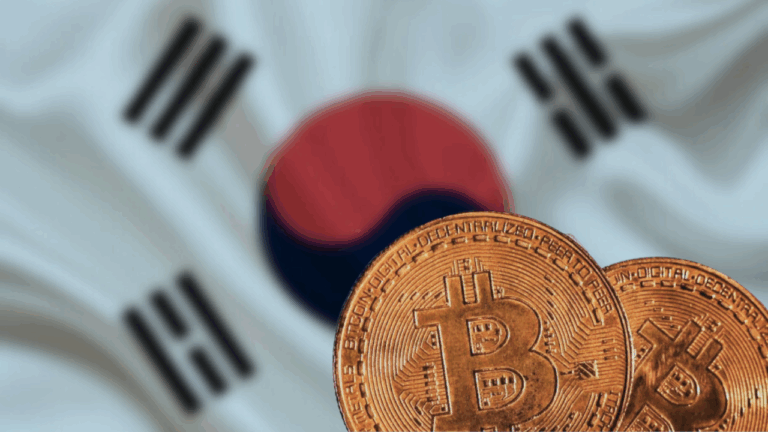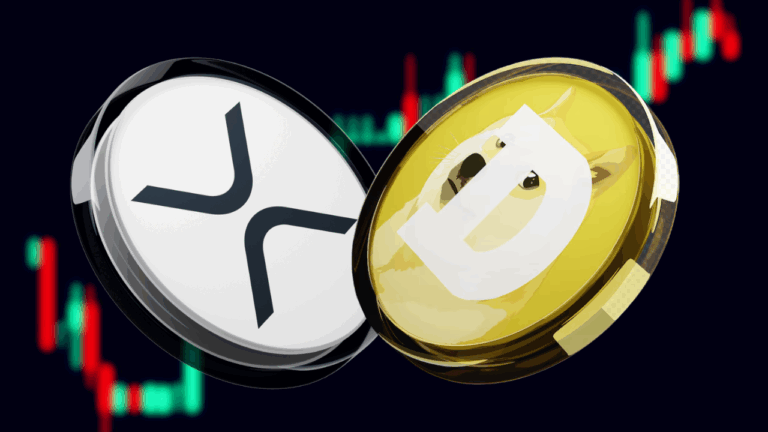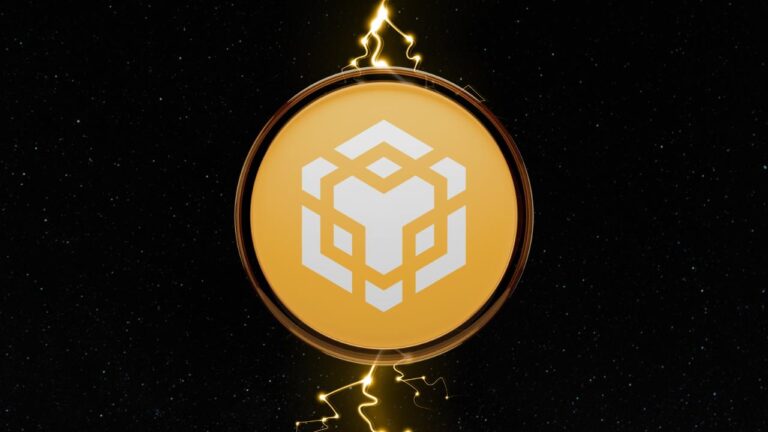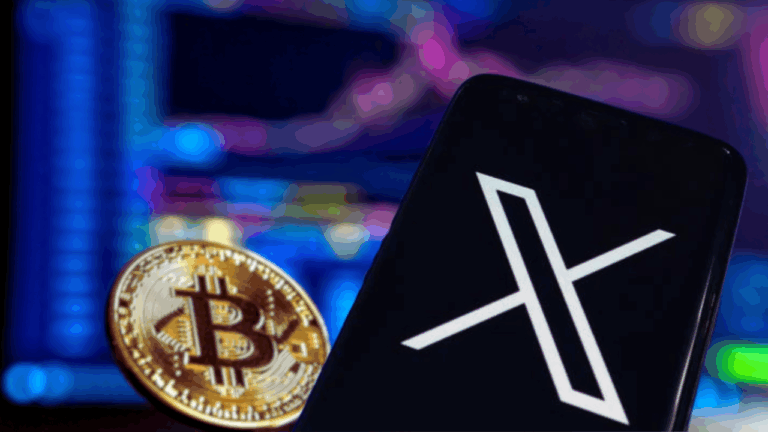Bolivia Marks Milestone with First USDT Toyota Purchase; Other Brands Join In

TL;DR Breakdown
- Toyota, Yamaha, and BYD are now accepting USDT as payment in Bolivia
- Bolivia’s US dollar reserves have declined sharply in the last 11 years
- Many other vendors already accept crypto payments in the country.
Tether CEO Paulo Ardoino revealed that multiple multinational companies in Bolivia are now accepting Tether (USDT) as a valid form of payment. This development comes as Bolivia’s USD reserves continue to shrink, making Bolivia’s national currency unstable.
USDT becomes an alternative payment method in Bolivia
Ardoino shared pictures of BYD, Toyota, and Yamaha accepting USDT and advertising it as an easy, fast and secure method of payment. BitGo, a crypto security firm, confirmed that the first Toyota vehicle was purchased for USDT on Sunday. Ardoino said, “USDT is the digital dollar for hundreds of millions in emerging markets.”
As one of Latin America’s countries late to adopt crypto, Bolivia lifted its long-standing ban in June 2024, allowing banks to handle Bitcoin (BTC) and stablecoin transactions. Since then, the country’s digital payment network has only accelerated, with the country partnering with El Salvador’s regulator to create a local cryptocurrency ecosystem.
Following regulatory approvals, the country’s state-owned oil and gas company YPFB started to use cryptocurrency for imports. By October, Bolivia’s crypto transaction volume had surpassed the $100 million mark, and surpassed $500 million by January, with BTC and USDT dominating the markets.
On the non-financial side, Bolivia has also launched a blockchain-based voting system, creating a more transparent, secure and reliable method of conducting elections.
Bolivia’s shrinking USD reserves
While the country’s national currency boliviano remains the most used currency, many locals and MNCs alike prefer alternatives like cryptocurrencies or US Dollars for stability reasons. This is favoured by the government, which enables USDT pricing in airports and allows crypto payments in the nation’s transit system.
Reports show that Bolivia has observed a 98% decline in its national USD reserves between July 2014 and August 2025. The reserves have dropped from over $12.7 billion to a meagre $171 million. The collapse has caused the citizens and businesses alike to seek more stable alternatives, while the upcoming runoff vote becomes a vital turning point for the region.
The election between the Christian Democratic Party and the Freedom and Democracy alliance would mark the country’s shift from the administration of the Movement for Socialism, which has led the country for nearly 20 years.






